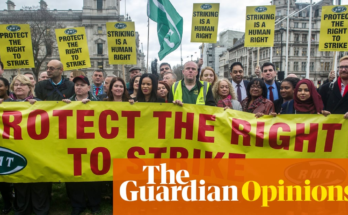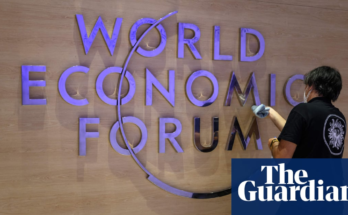Business models rework the world.
Organize assets. Add labor. Sell something for enough money that you get to do it again, but more.
That’s how we ended up with a $5 chicken in many pots, a car in front of many houses and a world that’s been paved. One cycle at a time, one dollar at a time.
Originally, business models were primarily about needs. You need food, I’ll build a farm. You need shelter, I’ll build houses.
As parts of the world have gotten richer and richer, though, the money that’s spent (which is what business models are based on) has shifted largely to wants. One millionaire buying collectible cars spends far more than 100 families buying beans or lettuce.
Marvel spent $400,000,000 to make Avengers: Endgame. Because there was a business model in place that made it a reasonable investment choice.
What if we wanted to cure river blindness or address ineffective policing as much as we wanted to watch movies? The business model would shift and things would change–in a different direction.
I’m not sure there’s an intrinsic reason that watching a particular movie is more satisfying than solving an endemic problem. We’ve simply evolved our culture to be focused on the business of amusement instead of the journey toward better.



